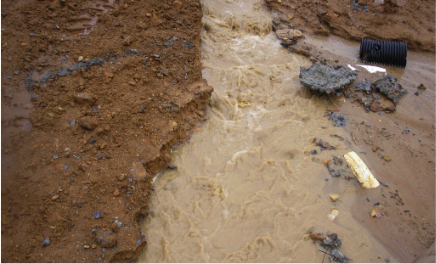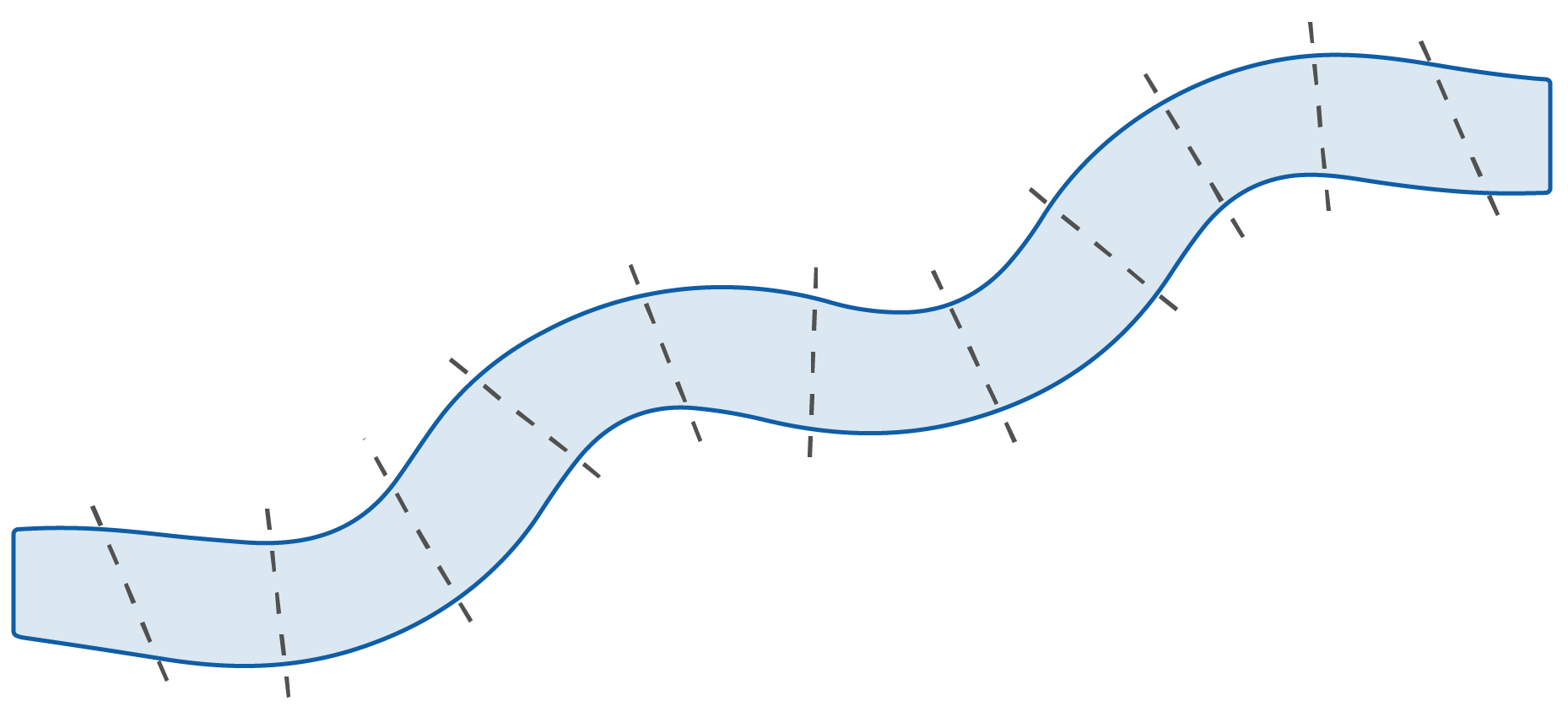Observations of stream habitat can tell us about its health. Throughout the sample reach, crews record the depth, assess how swiftly the stream is flowing, and count submerged branches and logs. At 11 equally spaced transects (cross-sections), crews also evaluate the size of rocks and pebbles in the stream, record the amount of overhanging vegetation, and identify signs of human activity.
How are these data used?
Observations are used to determine values for four physical habitat indicators.
Physical Indicators

Streambed sediments are fine mineral deposits and silt on the stream bottom. Human activities that disturb the land can increase the amount
of fine sediment entering river and stream channels. In excess amounts, sediments can fill in the spaces between streambed cobbles and boulders where organisms live and breed, suffocating the organisms, their habitat and
their eggs.
Where are streambed sediments observed?
sediment characteristics through-
out the sample reach.

To learn more, see the
NRSA Field Operations Manual.




